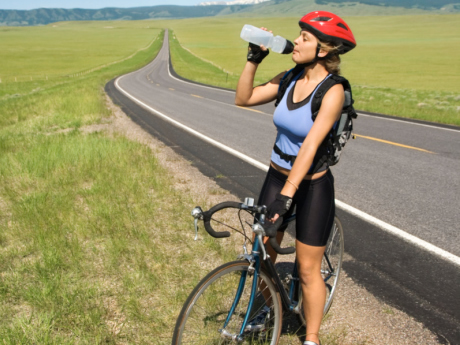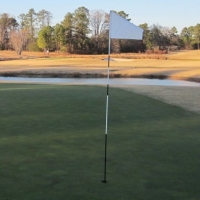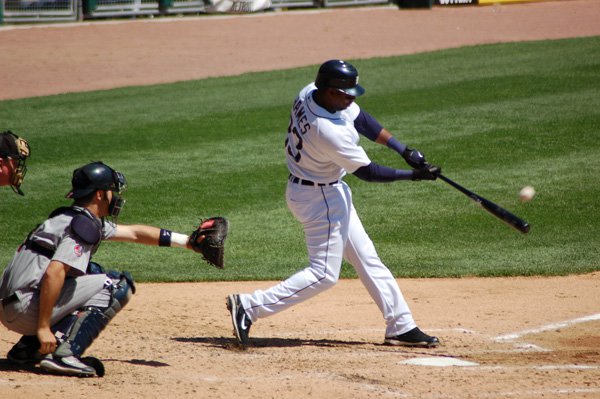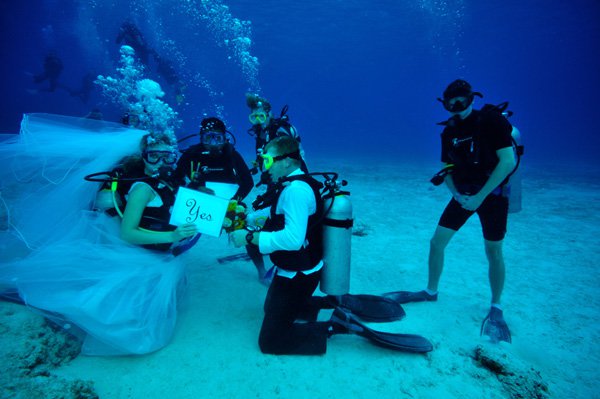
It's hard to break bad fueling habits if you don't even know they're problematic. That's why people repeat the same mistakes.
"A lot of cyclists form bad habits because they don't think about food," says Suzanne Girard Eberle, a sports dietitian and author of Endurance Sports Nutrition.
By recognizing your downfalls you can forge a routine that ensures optimum energy on every ride. Here are six common pitfalls and how to change them.
Some people aren't hungry in the morning. Others, says Eberle, pass on breakfast to trim calories. Neither is a good strategy, because undereating in the morning usually leads to increased calorie consumption later. Plus, eating breakfast replenishes your liver glycogen stores, which typically dip while you sleep. An ample supply of liver glycogen will stabilize your blood sugar as you ride to help keep your levels from spiking and prevent you from bonking.
Change it: If time is your problem, stock up on just-add-water breakfasts such as instant oatmeal. If solid foods seem unappealing in the morning, whip up a fruit-and-yogurt smoothie.
More: Is Cereal a Good Breakfast for Cyclists?
During a race, trying new foods and drinks usually spells disaster, but during training it's a great way to discover what fuels you best. "Training rides are prime opportunities to practice race-time eating and drinking strategies," says Eberle. Once you discover a winning formula, you'll approach your next big race or century ride with a fail-proof plan.
Change it: Test new foods on shorter rides before eating them on epics. Designate one day a week as "new foods day." You'll never discover your ideal fuel combos until you mix things up a bit.
Eating on the roll can be tricky. And drafting behind other riders can fool you into thinking you don't need to refuel. Eberle says cyclists often fail to take in enough energy to realize their potential during tough workouts or long rides.
Change it: Fill your bottle with a sports beverage rather than water and set your watch alarm to remind you to sip every 15 minutes. Make a game out of eating all the snacks you've stashed in your jersey: End the ride with uneaten food, and you lose.
More: 4 Nutrition Secrets for Your First Century Ride
Eat within 30 to 60 minutes of ending your workout, and your body fast-tracks those nutrients to muscle repair and glycogen replacement. After that, you'll still benefit, says Eberle—just not as much. Put off eating, and you're more likely to feel tired from the effort, not stronger for the next one. That's a crucial difference when you're stacking big rides back to back.
Change it: Prep your recovery foods beforehand so they're ready for you to eat. Far from home? Pack a cooler with a sandwich and a salad.
Too often, cyclists stop drinking when the ride stops. But because it's almost impossible to take in enough fluids while riding to fully replace what you've lost, cyclists end workouts dehydrated, which compromises recovery.
Change it: Refill your bottle after your ride and down the contents within an hour.
More: Can a Secret Drink Mix Solve Your Hydration Issues?
Come winter, fewer hours of sunlight and snowy streets can curtail your time on the bike. If you don't trim calories accordingly, you'll gain weight by spring. "Eat according to your activity level," says Eberle.
Change it: Look at the duration and intensity of your winter workouts: If you're cranking hard as ever, eat like it's July. If not, pass on seconds.
More: Eating to Win: What We Can Learn From Pro Cyclists
How To Get Better At Golf Before You Even Get To The Course

Webstore has better series of secure and affordable handball trikot

Scuba Divers Discover 17th Century Shipwreck off the Coast of Sweden

Copyright © www.mycheapnfljerseys.com Outdoor sports All Rights Reserved